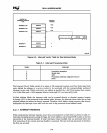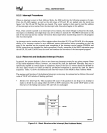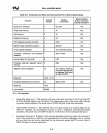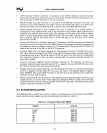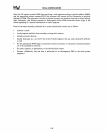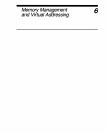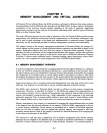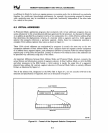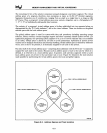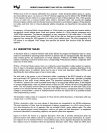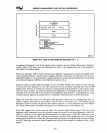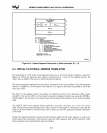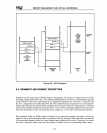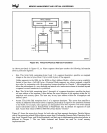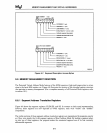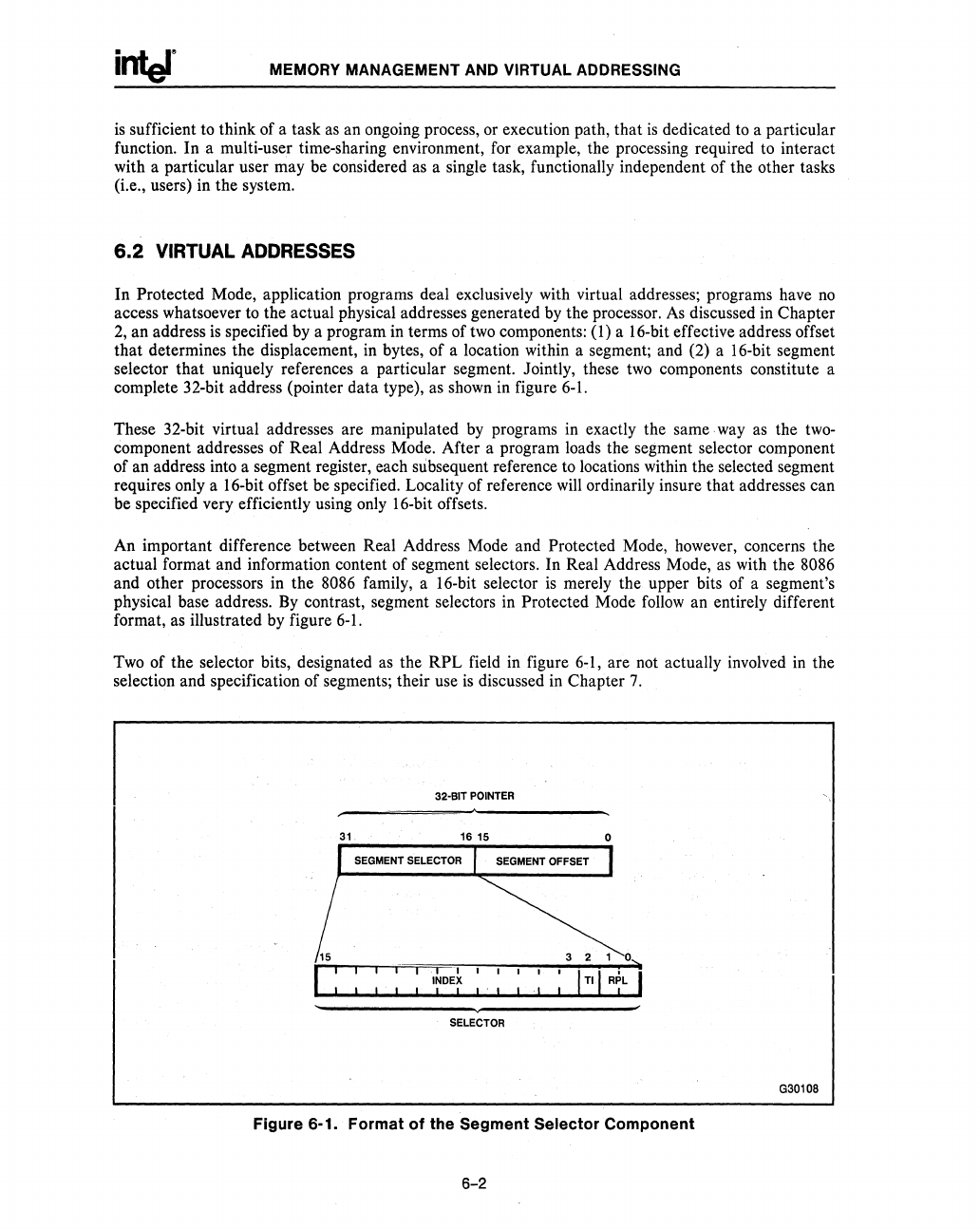
MEMORY MANAGEMENT AND VIRTUAL ADDRESSING
is
sufficient to think of a task
as
an ongoing process,
or
execution path, that
is
dedicated to a particular
function. In a multi-user time-sharing environment, for example, the processing required to interact
with a particular user may be considered
as
a single task, functionally independent of the other tasks
(i.e., users) in the system.
6.2
VIRTUAL ADDRESSES
In Protected Mode, application programs deal exclusively with virtual addresses; programs have
no
access whatsoever to the actual physical addresses generated by the processor.
As
discussed
in
Chapter
2,
an address
is
specified by a program
in
terms of
two
components:
(l)
a l6-bit effective address offset
that determines the displacement, in bytes, of a location within a segment; and (2) a 16-bit segment
selector that uniquely references a particular segment. Jointly, these two components constitute a
complete 32-bit address (pointer data type), as shown
in
figure
6-1.
These 32-bit virtual addresses are manipulated by programs
in
exactly the same
way
as
the
two-
component addresses of Real Address Mode. After a program loads the segment selector component
of an address into a segment register, each subsequent reference to locations within the selected segment
requires only a 16-bit offset be specified. Locality of reference
will
ordinarily insure that addresses can
be specified very efficiently using only l6-bit offsets.
An important difference between Real Address Mode and
Protected Mode, however, concerns the
actual format and information content of segment selectors. In Real Address Mode,
as
with the 8086
and other processors in the 8086 family, a 16-bit selector
is
merely the upper bits of a segment's
physical base address.
By
contrast, segment selectors in Protected Mode
follow
an entirely different
format, as illustrated by figure
6-1.
Two of the selector bits, designated
as
the RPL field
in
figure
6-1,
are not actually involved
in
the
selection and specification of segments; their use
is
discussed in Chapter
7.
32-BIT
POINTER
16 15
SEGMENT
SELECTOR
SEGMENT
OFFSET
i I I I I I
INDEX
I
!.
I
SELECTOR
o
Figure 6-1. Format of the Segment Selector Component
6-2
G30108



